Maybe you are new to MMA and wondering if it is too late to make a run at a professional MMA career? Or, maybe you wrestled in high school or college and wondering if you have enough in the tank to make a living as a professional fighter? I am here to answer that question and back it up with data.
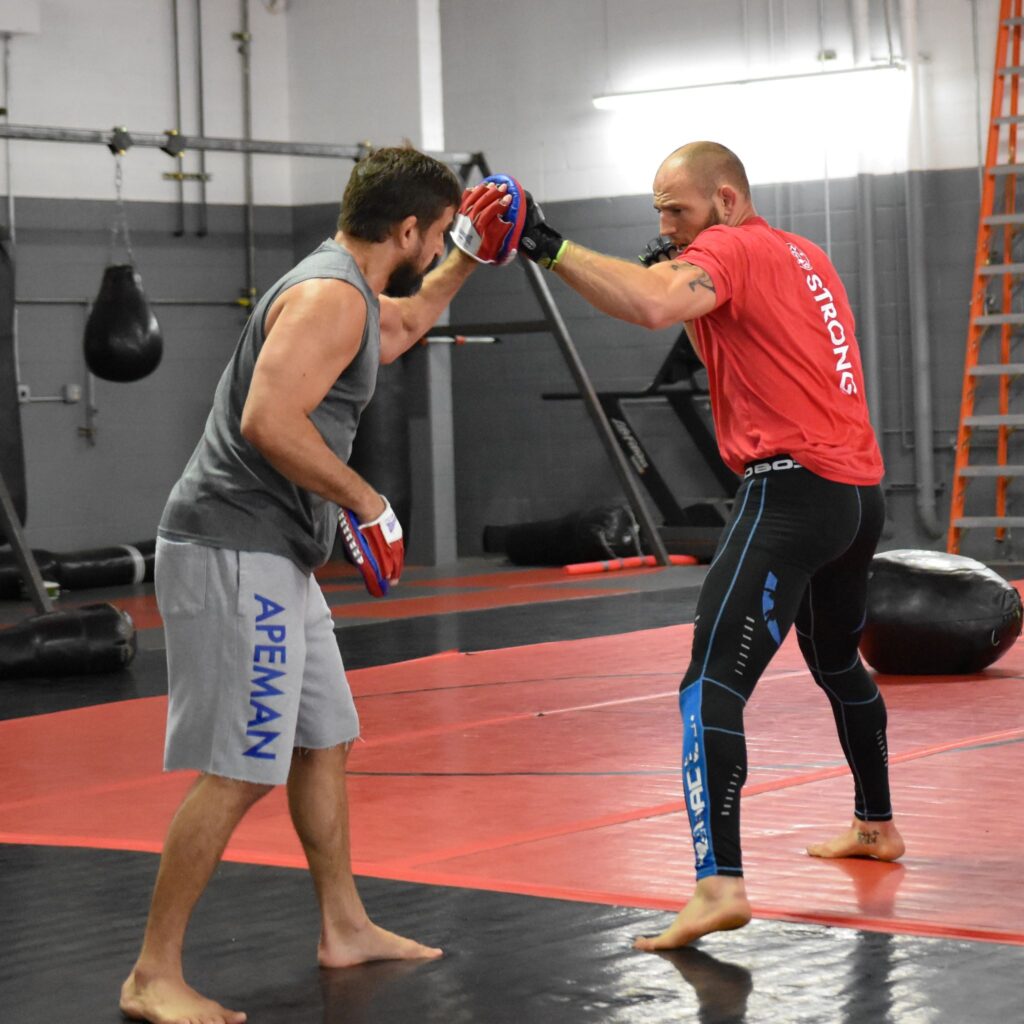
There are always a few exceptions to the rule but, unless you are extremely athletic with an extensive combat sports background you probably will need to have begun training in your teens or early 20’s if you have any hope of making a career out of fighting. The answer ultimately depends on what assets you bring to the table. Are you athletic? Do you have a good work ethic and time to train? (5-6 hours a day; 5-6 times per week), Do you have access to a great coach and team? Are you explosive? Do you have great cardio? Do you have a freakish reach? Each asset you bring to the table increases the tools a great coach can utilize to help you get to the UFC.
However, each circumstance is different so I am going to further elaborate on what might be some determining factors in deciding if you could make a run at a professional MMA career.
Historical standards
For Decades the world tried to break the 4-minute mile with no success. When Roger Bannister finally broke the 4-minute mile, it let the world know that it was possible. A little over a month later someone else broke the 4-minute mile. A year later, a race had 3 athletes all break the 4-minute mile. What does that tell us?
Sometimes it helps to know if someone else has done it before you. So I compiled a list of people that got into MMA a little later and still had successful MMA careers.
- Jimmy Manuwa- Started training at 27 years old. 7 year career in the UFC
- Brendan Schaub- Started training in BJJ and boxing after a short professional football career at the age of 24. He had a 5 year career in the UFC.
- Travis Browne- Despite being a competent basketball player he did not start training in any martial arts until the age of 26. He had a 7 year career in the UFC.
- Francis Ngannou- Started boxing at 22 but had to stop due to an illness and then started MMA at 26.
- Jared Cannonier- He had some initial combatives training in the military but did not start training MMA until he was 25 years old. He is currently still fighting for the UFC with 12 UFC fights over the course of 6 years.
- Eryk Anders- After a successful college football career and short profession football career. Eryk started his amateur MMA career at the age of 25.
This is by no means an extensive list of fighters that had successful MMA careers despite getting a late start into the sport.
So why does age matter? I am going to review a few of the physiological changes that take place as you age that put you either at an advantage or disadvantage.
PHYSIOLOGICAL CHANGES BY AGE
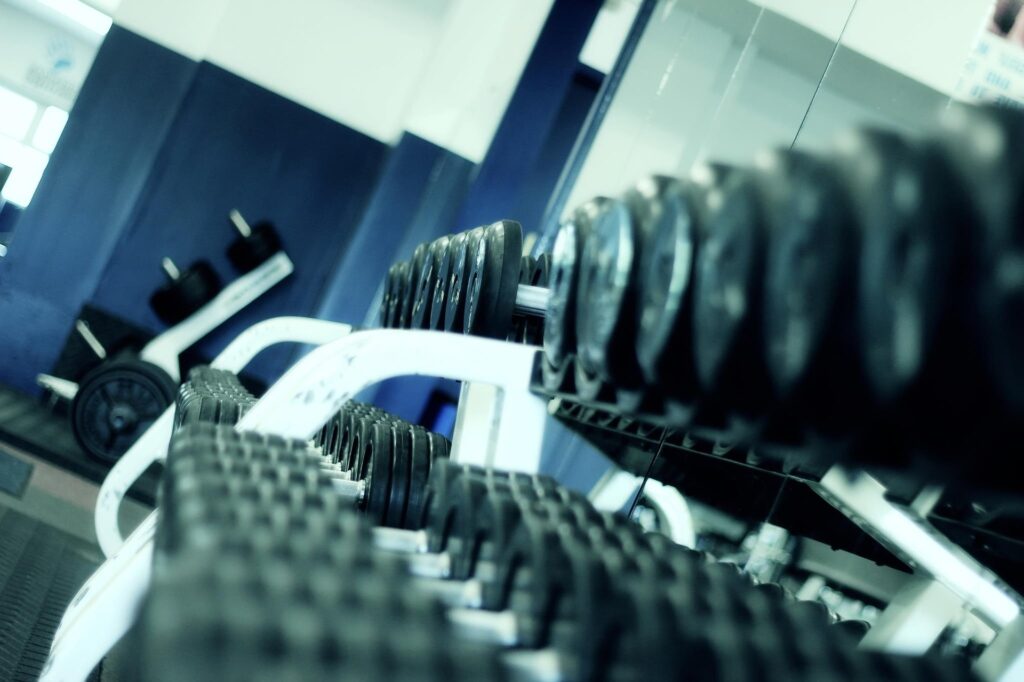
Strength: Strength seems to be something that we can hold onto and continue to make progress on later in life, for example:
- Powerlifting: Athletes peak in strength in their mid 30’s on average with some peaking as late as 42 years old.
- Olympic Weightlifting: The average age for peak performance is a little younger in this sport at 26 years old, however, some peak closer age 29.
- Strong Man: The average medal winner in strong man competitions is 30 years old.
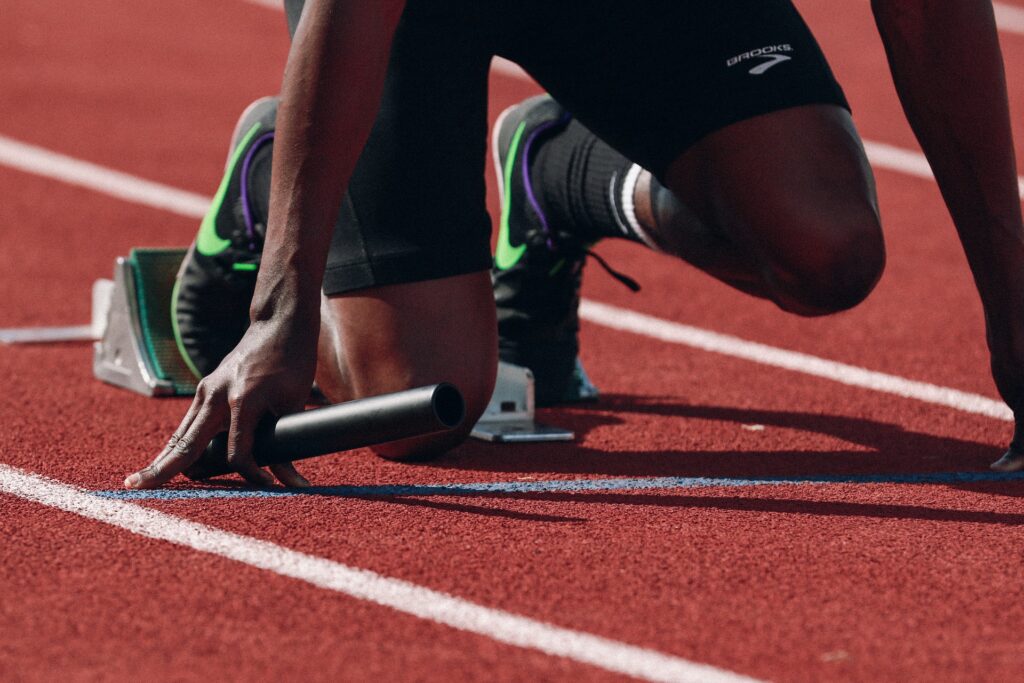
Speed: There is both good and bad news as it relates to maintaining speed as we age. Lets start with the bad first. Between the ages of 25 and 50 we lose roughly 10% of our muscle fibers, including fast twitch muscle fibers, called Sarcopenia. In addition, between the decades of your 20’s and 80’s you will lose around 30% of your fast twitch muscle fibers. I know this all sounds like bad news… which it is. The good news however is, that if properly trained you can minimize the loss of your fast twitch muscle fibers. For example below is a table highlighting the world records in the 100 meters (the universal measure of speed) by age.
| Division | TIME | NAME | AGE |
|---|---|---|---|
| M 35 | 9.87 | Justin Gatlin | 37 |
| M 40 | 9.93 | Kim Collins | 40 |
| M 45 | 10.72 | Willie Gault | 45 |
| M 50 | 10.88 | Willie Gault | 50 |
| M 55 | 11.30 | Willie Gault | 55 |
| M 60 | 11.70 | Ronald Taylor | 60 |
| M 65 | 12.31 | Damien Leake | 65 |
| M 70 | 12.77 | Robert Whilden JR | 70 |
You can see that it is possible to maintain speed into your 40’s and 50’s if you train properly, however, you can also see that with age those upper limit capabilities do decline.
Reflexes: There are 2 ways to look at reaction times. first is a simple reaction time (SRT). The second is choice reaction time (CRT). Simple reaction time is the time needed to respond to a single stimulus. In contrast, choice reaction time is the ability to react to multiple stimuli with multiple responses. CRT seems to be much more applicable to MMA than SRT alone. It appears that both CRT and SRT seems to decline in your mid 20’s with CRT slowing at roughly 2.8 ms/year. That might not seem like a lot but often fights could be lost or won by milliseconds.
Here is a simple test to see how your reaction time stacks up…http://getyourwebsitehere.com/jswb/rttest01.html
Just for a reference point sprinters in the 2008 Olympics the average reaction time is men 162 milliseconds and 190 milliseconds for women.
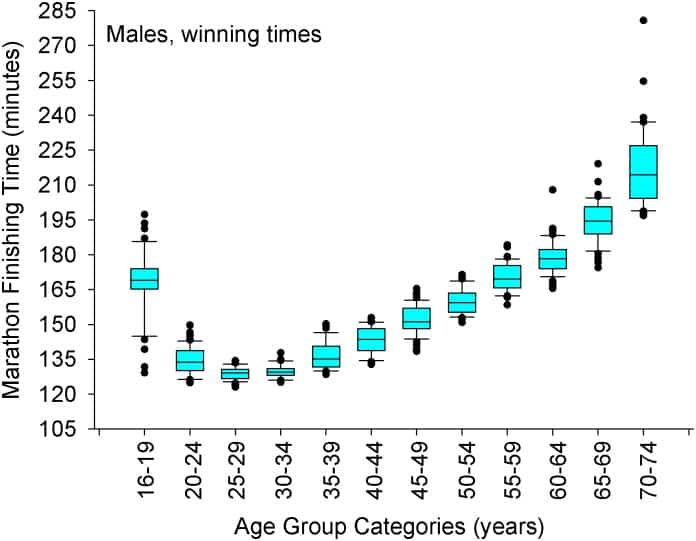
Endurance
V02 max: VO2 max is the maximum rate your body can use oxygen. This is important in endurance sports like cycling, running, and cross-country skiing. In the image below you can see that marathon performance or aerobic endurance peaks as late as 35. When looking at VO2 max as it relates to combat sports you find that cardiorespiratory fitness is a key predictor in performance for amateur boxers. About 86% of all energy in boxing comes from the aerobic system. If you want to read more about energy systems in boxing click here.
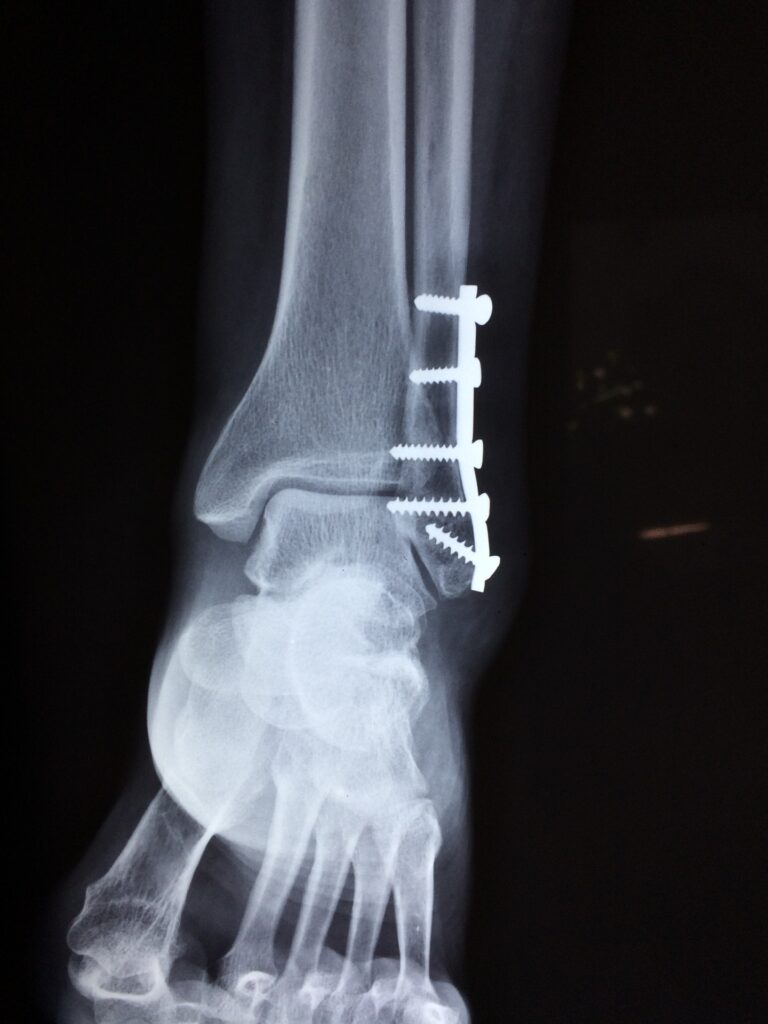
Health: The two biggest non-modifiable risk factors for injuries are, have you had that injury before and, age. As you get older you have had more opportunities for injuries. Also, age itself is a risk factor for injuries and at some point your ability to stay healthy while training hard gets more difficult. If you are new to the sport of MMA you are going to need to be able to get extensive practice in multiple disciplines. Many fighters training 2 or more times a day most days of the week. That can take a toll on your body. So if you are older, or have an extensive injury history, it gets more difficult to be consistent with the the required training needed to be competitive in the sport. I feel that often this can be the biggest limiting factor for older athletes to continue to compete.
How Making the UFC Usually Goes
Lets say you have zero combat sports experience but you want to try and make a run at the UFC, how would that process even go? To make it to the big organizations you need to have a very good record. Obviously being undefeated helps, but, if you are not undefeated you probably need to be in the 10-2 or 9-1 range.
- Fist you need to start training. You need to find a quality gym to train at. They preferably need to be training other fighters that also fight for the big organizations. Why? Because they know what it takes to get a fighter to the big stage and also already have some connections with those organizations which may help increase you odds of getting the call when another fighter pulls out and they need a last minute replacement.
- You need to begin training multiple disciplines including boxing/muay thai, wrestling, and BJJ. You need to competent enough in each of these areas to take an amateur fight. Usually as a rough estimate you probably need to be a blue belt level in BJJ and equivalent in the other disciplines before you take your fist fight. This can usually be accomplished with consistent training in 1-2 years. By consistent training I mean 5-6 days a week with 1-2 workouts per day. A good coach will have an idea of when you are ready to take you first fight.
- You are now ready to take your first amateur fight. A good coach will help you find a good match-up. Preferably someone with similar experience as you.
- You are going to want to take 5 or 6 amateur fights in most cases. This normally takes 2 to 3 years after your first fight. Of those 5-6 fights you are going to want to have a winning record with progressively more challenging opponents.
- If everything has gone smooth you are 3-5 years into training with several fights under your belt. You are now ready to take a professional fight. This is where your record really starts to count so it is crucial you get appropriate fights for your skill level
- This is where things will vary wildly depending on how your professional fight career goes. If you absolutely torch your first 5 or 6 progressively harder guys and go undefeated you might get a call then which could take 2-3 years. If you are having tough fights and have a loss or two and you need to get to 10 fights or so it could take 3-5 years.
- If you have done the math, on the shorter end it will take you 5 years but, a more realistic time frame for mere mortals is in the 8-10 year range, if at all.
Conclusion
Given that it will take 5-10 years to develop the skill needed to compete at the highest levels of MMA it is helpful to have started earlier in life rather than later. Ultimately the only way to know if you have what it takes is for you to try.
References: Peak Age and Performance Progression in World-Class Weightlifting and Powerlifting Athletes
Choice reaction time and age article https://www.frontiersin.org/articles/10.3389/fnhum.2015.00193/full
